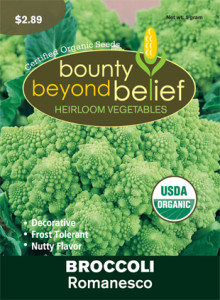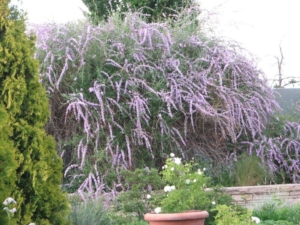What To Start Now
Thinking about the beautiful creation stories explored in the services of the eve of Rosh Hashanah that our Jewish friends celebrated yesterday reminds me that for the gardener, things are never really at an end. There’s always something new to begin in the endless cycles of life. Whether it is Rosh Hashanah or the upcoming Autumn Equinox or any of the lunar celebrations, every culmination or harvest is also a time to begin something new.
The need to keep beginning is especially true for the food gardener, especially if you want to keep eating. It’s always a new beginning for gardeners, so many foods are dependent on seasons – cool season, warm season. It may seem with the great ripening of tomatoes that the vegetable garden is complete this year, but if you want to keep eating, you need to keep planting: cool season crops, lettuces, sturdy greens that you can eat on all winter.
Some of the things it is time to begin:
Begin a hoop house or cold frame.
If you haven’t already seeded fall greens or carrots and beets, make haste and do it right away. They need to grow to a good size before winter, so you can harvest even through the snow.
Begin a leaf pile.
Are you ready for collecting fall leaves and beginning again (or adding to) your leaf mulch pile? Leaves are going to fall….and if you’re ready, your neighbors will bring you all the leaves you want. A simple sign in your driveway that says “Bagged Leaves Wanted” will catch the attention of your neighbors who want an easy way to recycle. Our neighborhood gets over 2000 bags a year that people drop off. The first year was only about 300 bags….but each year it has grown till we quit counting after 1000 or so.
Begin to fertilize perennials.
If you fertilize with natural fertilizers like blood and bone meal, now is a good time to begin fertilizing perennials and shrubs. Natural fertilizers break down slowly so Fall is the best time to put them (and compost) out around your plants so they have time to soak in all winter. Synthetic fertilizers like Miracle-Gro should wait until Spring because they’d stimulate a growth spurt now when the plants should be shutting down.
Begin to clean up.
Start cleaning up diseased leaves and broken plant debris. Your plants will be healthier next year.
One thing NOT to begin: Don’t cut down green growing plants because you’re anxious to put the garden to bed. Some minor experiments have proven to me, that plants that are allowed to die in place and get cut down in later winter or early spring have a better survival rate than plants that get cut down in Fall. This is especially true for Agastache one gardener I know discovered.
Begin to plant a TREE!
A REALLY IMPORTANT THING TO BEGIN NOW: Plant a tree. There are often healthy trees on deep discounts at garden centers. The best time to begin a tree in your garden is always RIGHT NOW.




